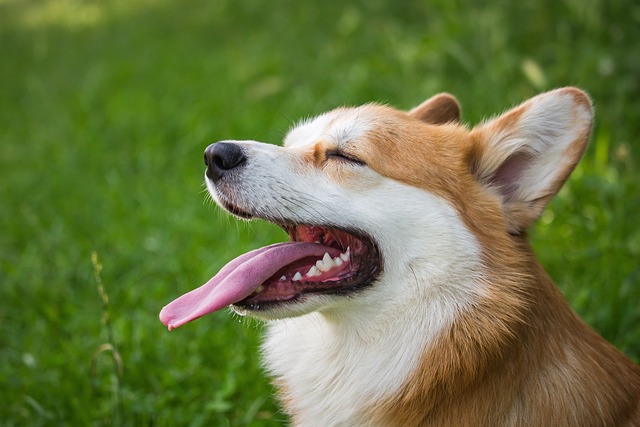
What vitamin is good for dogs' skin
Seeing your dog constantly scratch or noticing dry, flaky skin can make you wonder if a simple vitamin might be the solution.
The quickest way to dry a dog depends on their coat type, size, and temperament, but combining strategic tools with gentle handling yields the best results. Start by absorbing excess moisture immediately after bathing—use a microfiber towel, which can hold up to seven times its weight in water compared to regular cotton towels. Press the towel against the fur rather than rubbing, as friction can cause tangles in long-haired breeds like Golden Retrievers or Pomeranians and irritate sensitive skin in short-haired ones such as Boxers or Beagles.
For dogs comfortable with noise, a high-velocity pet dryer is a game-changer. These devices blow air at a speed that cuts drying time by half compared to household hair dryers, which often lack the power to penetrate thick undercoats. Hold the dryer 12–18 inches from the body, moving it constantly to avoid overheating any area—a critical step, as dogs like Bulldogs with wrinkled skin are prone to heat-related discomfort. Always check the air temperature with your hand first; it should feel warm but not hot. In some U.S. states, like California, using human hair dryers on pets in commercial settings is regulated under animal welfare laws, so stick to pet-specific equipment to stay compliant.
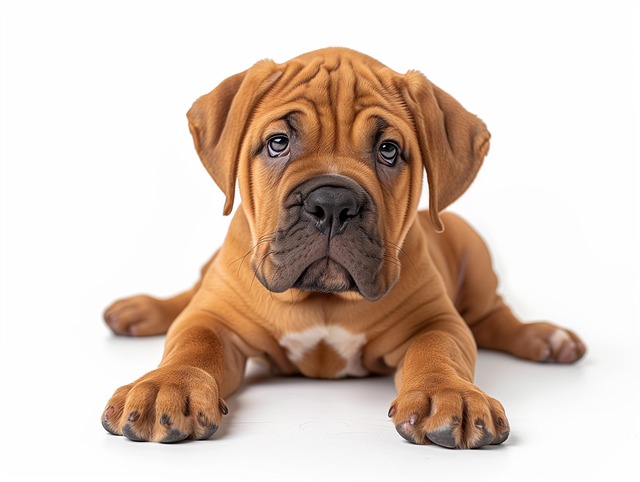
Another trick is leveraging natural air flow. Open a window on a mild day (avoiding drafts below 65°F/18°C, as chilling can lead to respiratory issues) or place a fan nearby. This works particularly well for small breeds like Chihuahuas or Yorkies, whose coats dry faster due to their size. However, never leave a damp dog unattended near a fan—curious pups might chew cords, posing a electrocution risk. In the EU, the UK Animal Welfare Act 2006 mandates that pets must be kept in a suitable environment, which includes preventing prolonged dampness that could lead to skin infections.
For double-coated breeds such as Huskies or German Shepherds, a slicker brush during drying helps separate the fur, allowing air to reach the undercoat. This not only speeds up the process but also reduces shedding by up to 30%, according to a 2023 study by the American Kennel Club. Brush in the direction of hair growth, pausing to praise and reward calm behavior—this turns drying into a positive experience, making future baths easier. It’s worth noting that in many European countries, including Germany, neglecting a dog’s grooming needs can result in fines under Tierschutzgesetz (Animal Welfare Act) if it leads to health problems.
If time is extremely tight, consider a pet-safe drying spray. These products contain ingredients that break down water molecules, accelerating evaporation. Simply spritz lightly onto damp fur and brush through—ideal for dogs who panic during extended drying sessions, like rescue dogs with trauma histories. Always check that the spray is labeled non-toxic, as some cheap alternatives contain alcohol, which can dry out a dog’s skin. The FDA regulates such products in the U.S., so look for a "GRAS" (Generally Recognized As Safe) designation.
Remember, never rush to the point of stressing your dog. A 2022 survey by the UK’s Pet Food Manufacturers’ Association found that 62% of dog owners report their pets show signs of anxiety during post-bath routines. If your dog starts panting excessively or trying to escape, take a break. For brachycephalic breeds like Pugs or French Bulldogs, extra caution is needed—their narrowed airways make them more susceptible to stress-induced breathing difficulties, so keep drying sessions under 15 minutes.
In summary, the fastest method combines microfiber towels for initial absorption, a high-velocity dryer for efficient air flow, and breed-specific adjustments. Always prioritize your dog’s comfort, and familiarize yourself with local regulations—for example, in some Canadian provinces, leaving a dog outdoors to dry in freezing temperatures violates animal protection laws. With the right approach, drying can be a quick, stress-free part of your pet care routine.

Seeing your dog constantly scratch or noticing dry, flaky skin can make you wonder if a simple vitamin might be the solution.
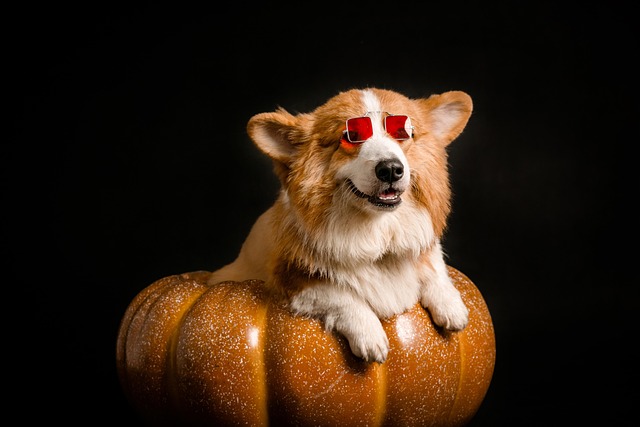
If you’re a new dog parent in the US—maybe you’re sitting on your Portland apartment couch, staring at your 1-year-old Australian Shepherd

If you’re a new dog parent in the US—maybe you’re sitting on your Atlanta apartment floor, holding your 6-week-old Beagle puppy, Daisy, who’s curled up in your lap
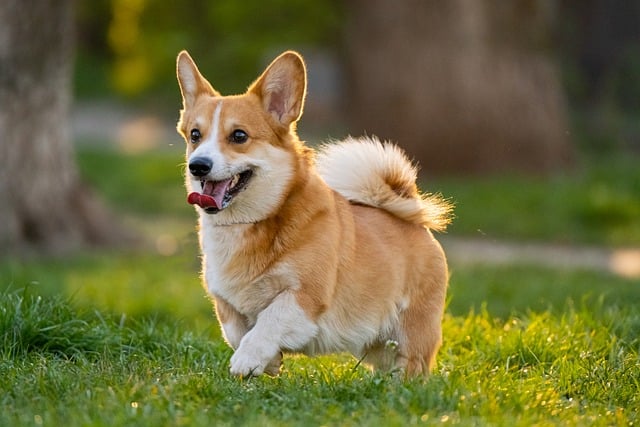
If you’re a new dog parent in the US—maybe you’re standing in your Denver apartment’s kitchen, staring at a bag of high-quality puppy kibble and a bottle
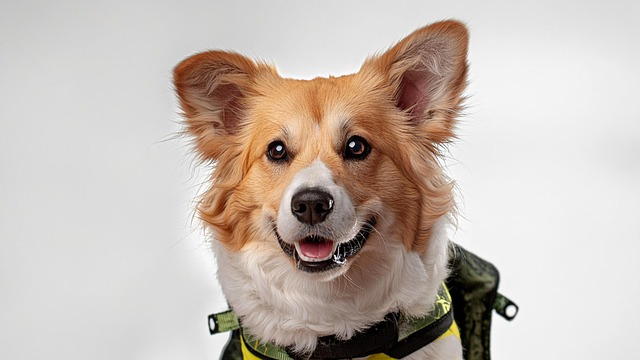
Seeing your puppy grow daily is amazing, and it’s natural to want to give them every advantage, including supplements.
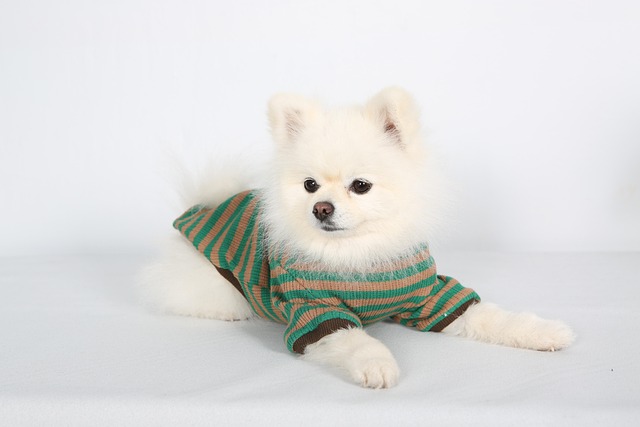
Brown stains on white dog fur aren’t just unsightly—they can also hint at underlying issues like tear duct irritation or poor grooming habits, which matter even more when you’re following local pet care laws.